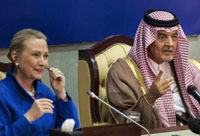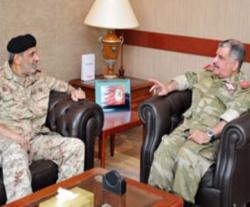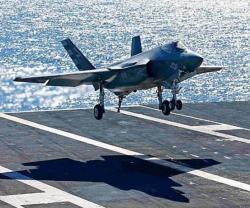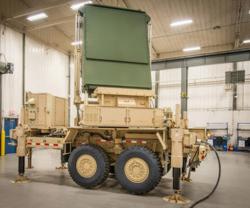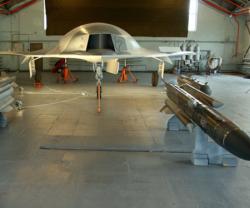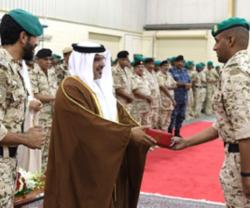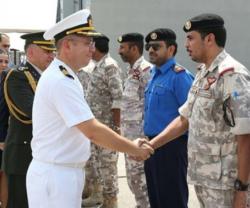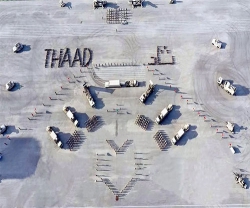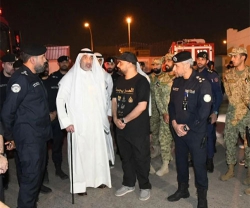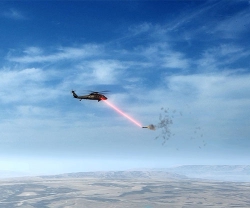In a speech to a first multilateral Gulf-U.S. Security Forum in Riyadh, Clinton stressed Washington’s “rock solid and unwavering” commitment to Saudi Arabia, Kuwait, Bahrain, Qatar, the United Arab Emirates and Oman, all longstanding US allies.
She looked to taking “practical and specific steps to strengthen our mutual security, such as helping our militaries improve interoperability, cooperate on maritime security and missile defense, and coordinate responses to crises.”
U.S. officials have said it is a U.S. “priority” to help the GCC build a “regional missile defense architecture” against what they see as a looming ballistic missile threat from Iran.
The US is seeking to build regional shields against ballistic missiles in both Asia and the Middle East akin to an emerging bulwark in Europe, a senior Pentagon official disclosed this past week.
The effort may complicate American ties with Russia and China, both of which fear such defenses could harm their security even though the US says they are designed only to protect against states like Iran and North Korea.
The US push for new regional bulwarks includes two sets of trilateral dialogues - one with Japan and Australia and the other with Japan and South Korea, said Madelyn Creedon, an Assistant Secretary of Defense for global strategic affairs.
Such shields could help counter perceived threats to their neighbors from Iran and North Korea and help defend the US from any future long-range missiles that the two countries might develop, she told a conference co-hosted by the Pentagon's Missile Defense Agency.
“As we work to develop the architectures for these regions, we will focus on approaches that facilitate opportunities to work with allies and partners in meeting current and emerging security challenges and contribute to efforts to build partnership capacity,” Creedon said.
The model for new regional shields would be the so-called “phased adaptive approach” for missile defense in Europe, she added.
That includes putting interceptor missiles in Poland and Romania, radar in Turkey and the home porting of missile defense-capable Aegis destroyers in Spain.
Russia says it fears this system could weaken it by becoming capable of thwarting the nuclear missiles relied on by Moscow as a strategic deterrent against attack.
China likely would be even more opposed to a new antimissile defense in its backyard, said Riki Ellison, a prominent missile-defense advocate noted for his close ties to senior military officials involved in the effort.
Beijing “would take much more offense to an Asian phased adaptive approach than Russia is doing with the European one,” he said, calling regional shields a good idea in theory but problematic in reality.
Asia lacks a NATO-type alliance to provide diplomatic, political and military co-ordination for such a project.
Creedon said regional approaches should be tailored to an area's unique deterrence and defense profile, taking into account geography, history, threats, and military-to-military ties “on which we seek to build co-operative missile defenses.”
The demand for missile defense assets within each region over the next decade will exceed supply, she said.
In response, the United States will develop capabilities that are mobile and “re-locatable,” Creedon added.
The biggest US missile defense contractors include Boeing Company, Lockheed Martin, Raytheon and Northrop Grumman.
Source: Reuters; AFP

